As an artistic teacup, Tenmoku is in line with popular aesthetics and is therefore very popular. After being exposed to Tenmoku, many people hope to have a deeper understanding of it. This beautiful object actually has basic and top-quality versions, and to learn how to appreciate Tenmoku and identify top-quality ones, you should consider the following points.

Firstly, there is the Tu Hao Tenmoku. For this type of Tenmoku, if the color is a deep blackish-green and the stripes are smooth and silky, then the basic requirements are met. However, to reach top-quality status, each stripe between the Tu Hao markings must be evenly spaced and arranged in an orderly manner, with a perfect glaze color. At the same time, the contrast between the glaze color and the markings should be unified, giving a sense of smooth beauty. Only then can it be considered top-quality.

Next is the You Di Tenmoku. The markings on this type of Tenmoku resemble drops of oil, so in terms of aesthetics, to meet top-quality standards, the oil drop markings must have clear borders, a blackish-green background, and not be blurry or unclear. Roundness and size are also essential conditions. The markings need to be smooth and evenly arranged, not too sparse or too dense, and not distributed in a disorderly manner, which can be annoying. In addition, the most important and difficult-to-achieve point is that the size of the markings must be in proportion to the size of the Tenmoku. The perfect size ratio between the markings and the cup will provide visual enjoyment.
Then there is the Jin Si Diao Hu Lu Tenmoku, which combines the characteristics of the previous two types of Tenmoku. To reach top-quality status, it must meet the top-quality standards of the two previous types of Tenmoku. In other words, it must have smooth and silky Tu Hao markings, with large and round markings that are evenly distributed over the entire cup. The cup's background should be blackish-green, and the markings should complement each other, creating a strong sense of texture and layering.

Finally, there is the Yi Hao Tenmoku, which is a collective term for all types of Tenmoku other than the previous three, named after their unique markings. For the markings resembling fly wings, they should not overlap and have clear and precise grid lines. They should also have the misty and transparent beauty of cicada wings, with the cup's background color appearing faintly. For the snake-skin markings, they should resemble scales, layered and arranged neatly. The markings on the Yao Bian Tenmoku should radiate out like a halo, with a magnificent atmosphere.
All Tenmoku have top-quality standards, and when appreciating them, one can also use these standards to evaluate whether they meet the top-quality criteria


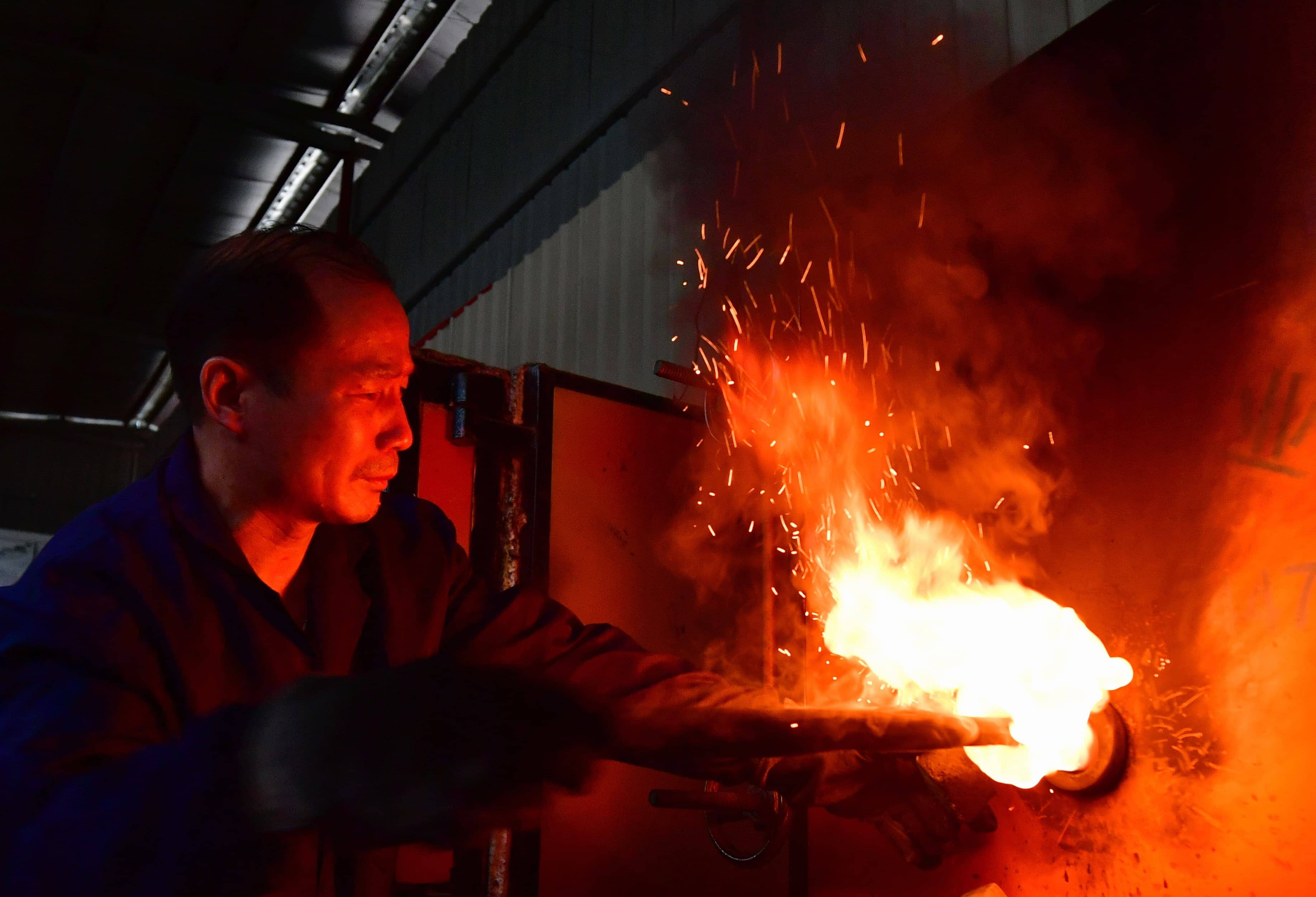
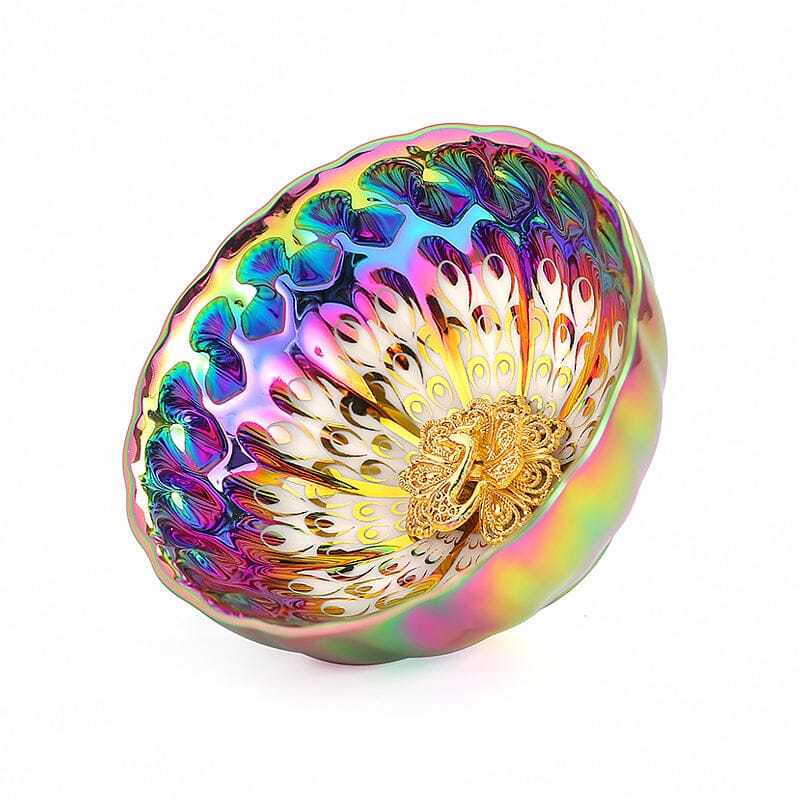


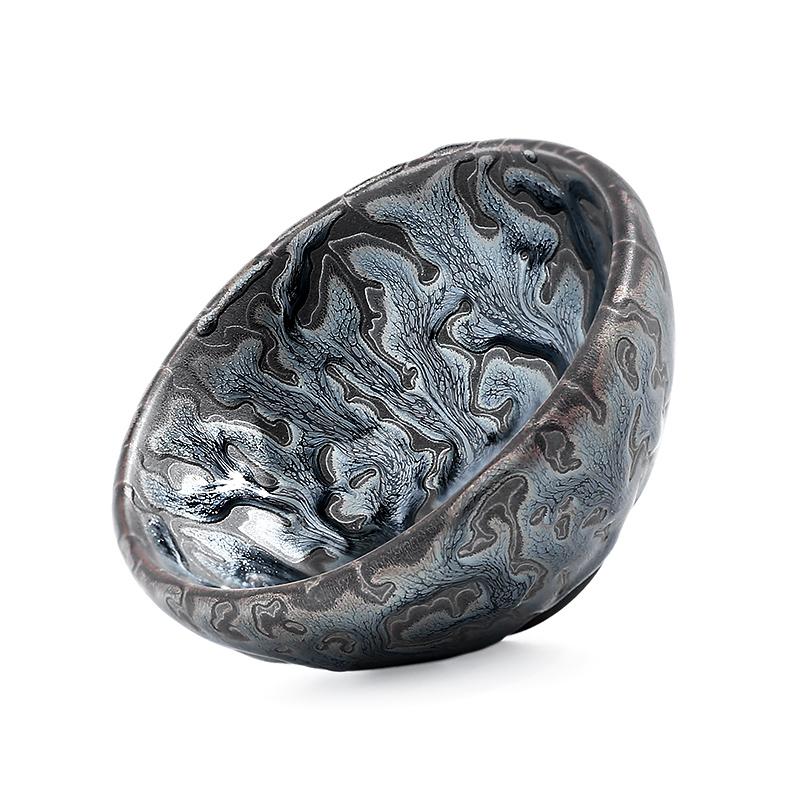
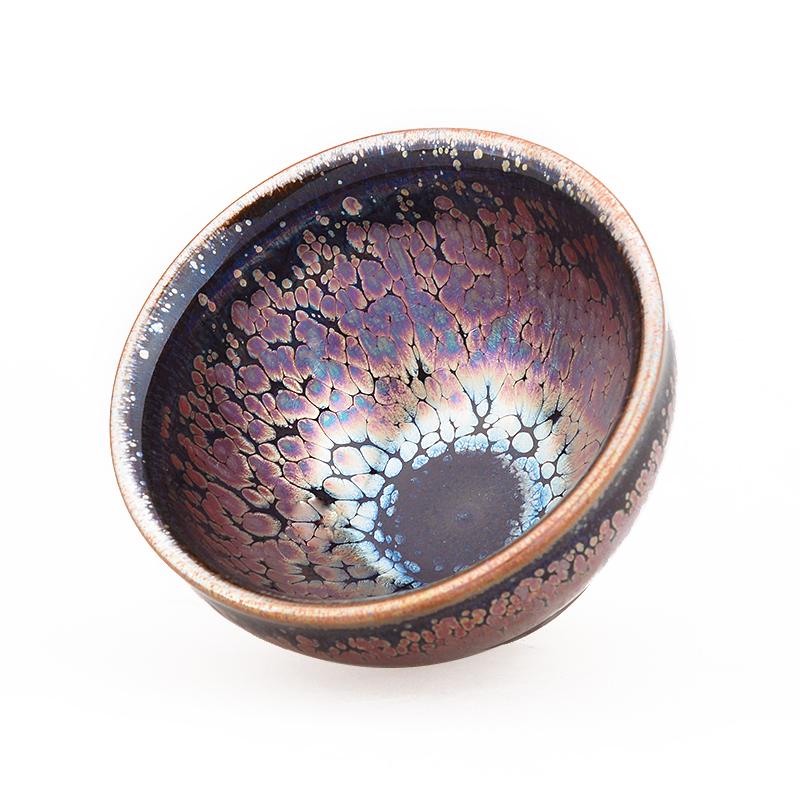
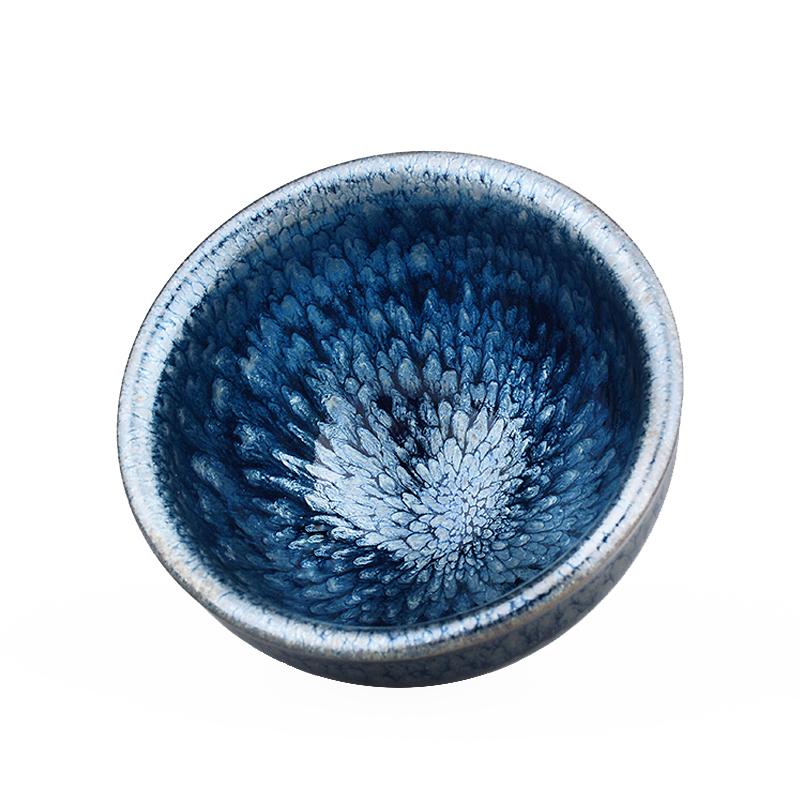
Share:
Wood-Fired vs. Electric-Fired Tenmoku: Differences & Value
Tea Knowledge: Does Drinking Tea Cause Insomnia?